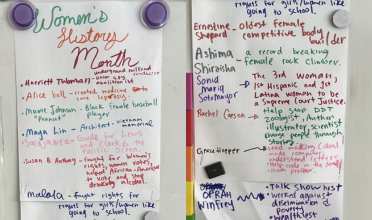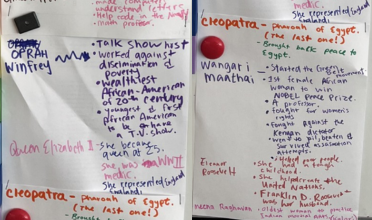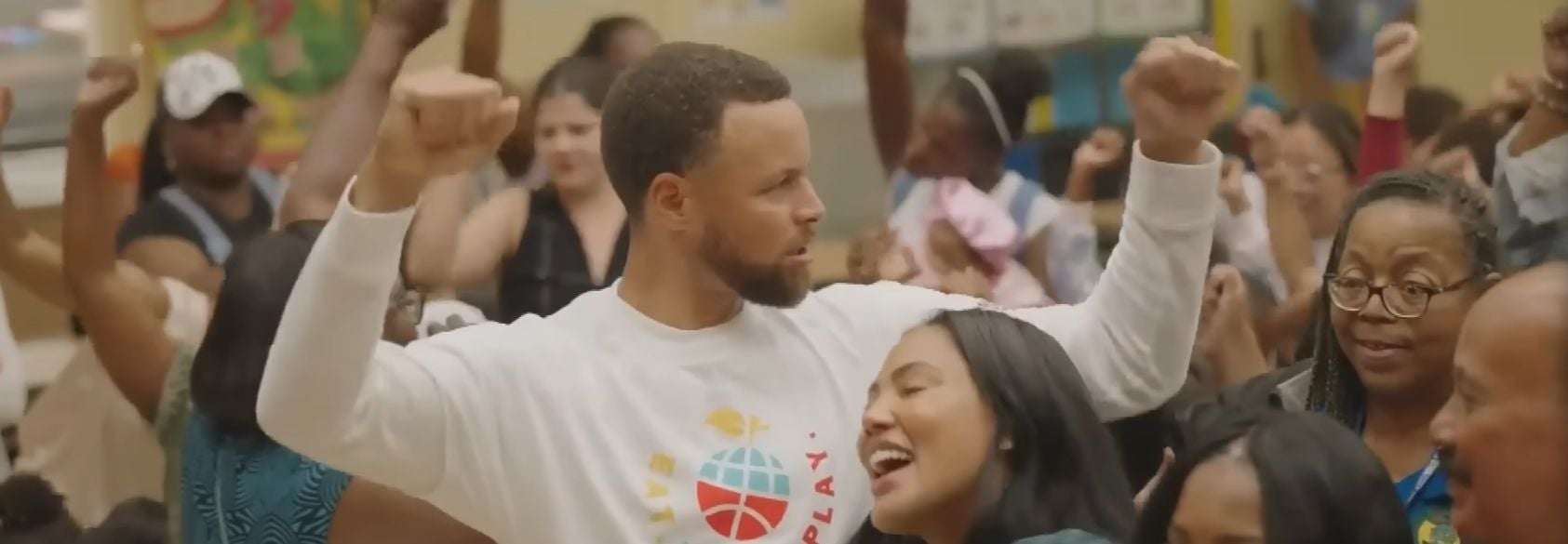Prepare for Real Conversations
Discussing real-world issues—especially controversial ones—requires intentional planning.
- Educators can begin these discussions by establishing classroom norms for respectful dialogue: listening actively, backing up ideas with evidence, and acknowledging different perspectives. Practice these routines with low-stakes topics early in the year to build trust and readiness for more complex conversations later on.
- Social emotional learning plays a key role in civics conversations. Help students recognize and name emotions, both their own and those of others. Tools like emotion charts or role-playing can support students in learning how to express disagreement respectfully and handle uncomfortable topics with care.
- Use clear, structured routines to help students analyze multiple perspectives. Visuals, stories and simplified texts can help younger learners or those with communication challenges engage with civic concepts like voting, rights and community.
- Students are more engaged in civics when they see how it affects their daily lives. Connect historical lessons to current events, local policies, or even schoolwide issues. Encourage students to reflect on what they see in their communities and empower them to take small actions, such as writing persuasive letters or proposing classroom rules.
Build Empathy Across the School Community
Civics education isn’t just for students—it’s also an opportunity to strengthen understanding across the school. Creating empathy for students with diverse learning needs or cultural backgrounds can be fostered through professional development, team collaboration, and shared projects. When educators experience different perspectives through role-playing or reflection exercises, it can lead to more inclusive and supportive school environments.
Collaborating with colleagues across departments and grade levels also opens the door for interdisciplinary civics learning. For example, integrating lessons on historical figures or social justice into English or art classes can amplify the impact and reach of civic instruction.
Keep Growing
Civics instruction is an evolving practice. It requires educators to reflect regularly, seek out new strategies, and stay connected to the real concerns and interests of their students. Whether you’re building foundational knowledge in early elementary grades or tackling policy and ethics in middle or high school, the goal is the same: to help students see themselves as capable, informed and engaged members of their communities.














